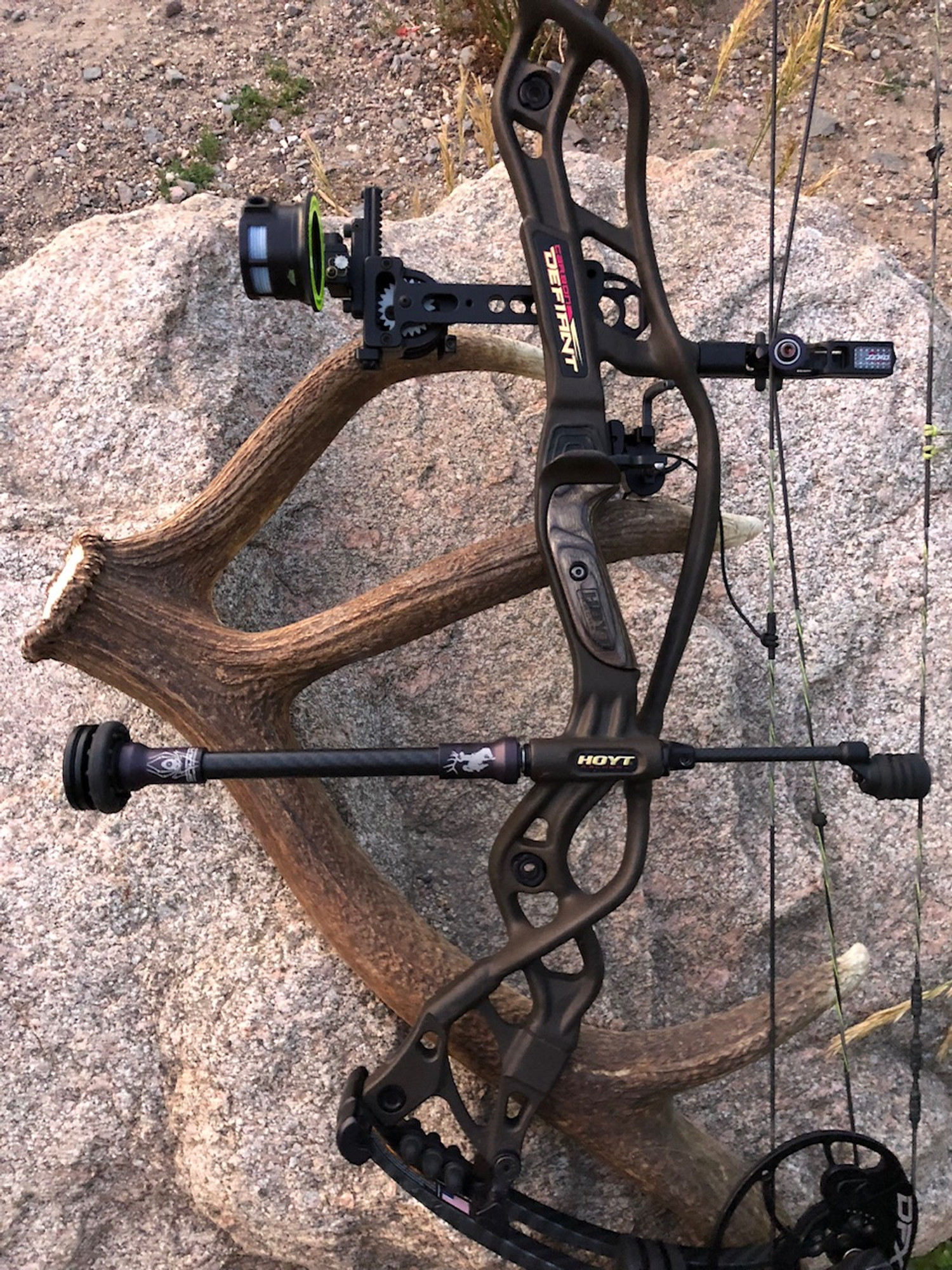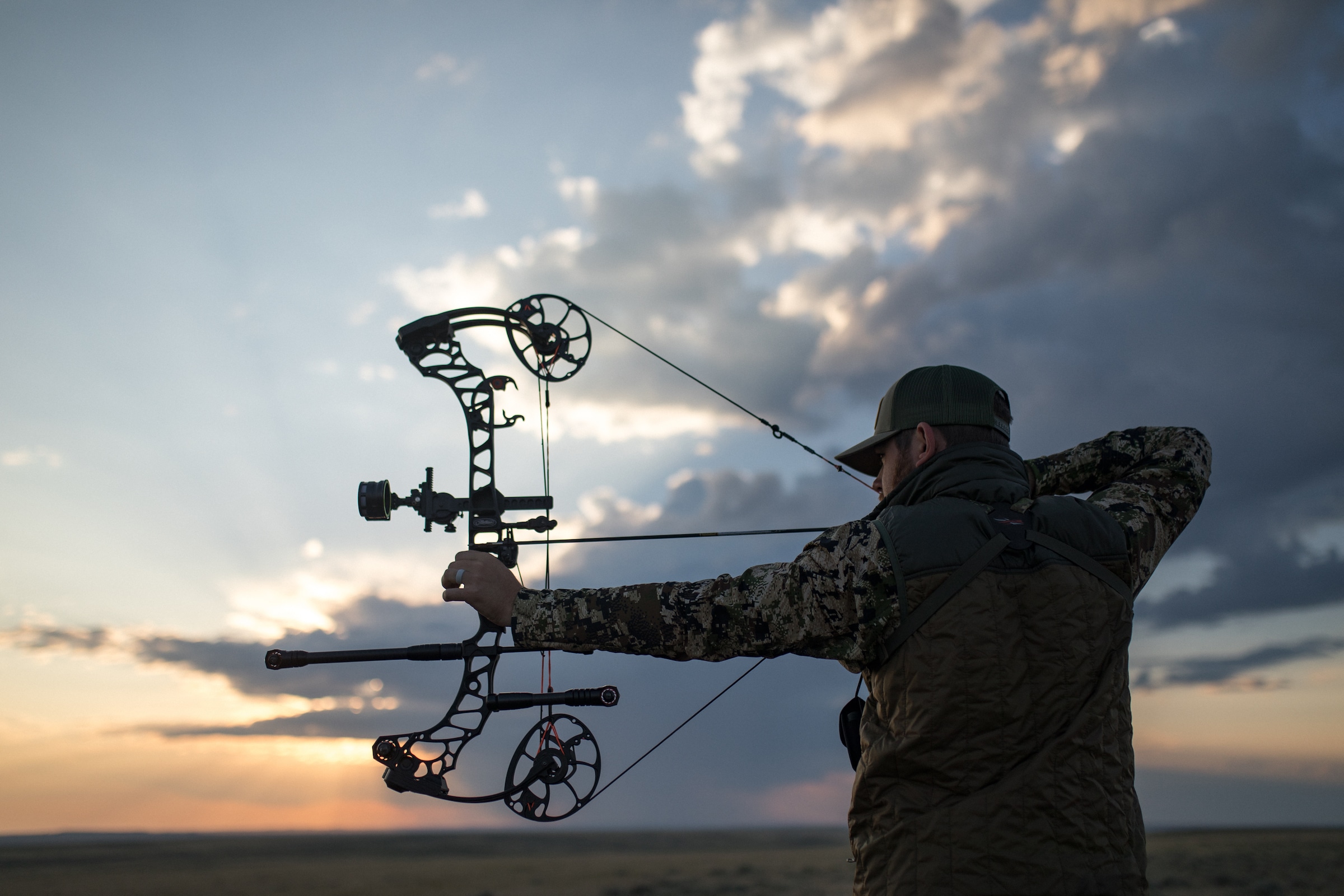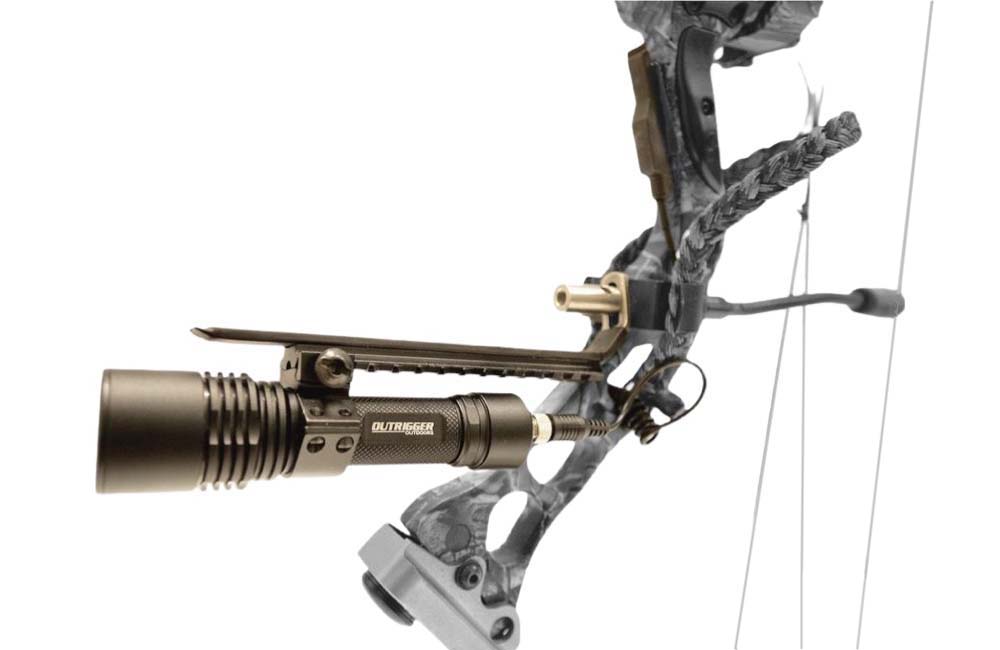Master the Art of Archery: Recognizing the Relevance of a Stabilizer in Your Setup
Whether one is an experienced archer or simply beginning their journey, the relevance of a stabilizer in their setup can not be overemphasized. By comprehending the benefits of using a stabilizer, taking into consideration the ideal elements when selecting one, and properly installing and adjusting it, archers can boost their abilities to new elevations.
The Role of a Stabilizer in Archery
A stabilizer plays an important function in archery by improving balance and lowering resonances during the shot. When an archer attracts the bowstring and launches it, there is a transfer of energy that can create the bow to vibrate. These resonances can negatively impact the precision of the shot. A stabilizer helps to neutralize these vibrations by dissipating the energy and taking in.
Among the main advantages of a stabilizer is its capacity to boost balance. When an archer holds a bow, it can be testing to preserve a consistent aim. The weight of the stabilizer helps to distribute the weight evenly, reducing the strain on the archer's arm and enhancing security. This allows the archer to concentrate on their objective and implement a much more exact shot.
In addition to equilibrium, a stabilizer also assists to decrease torque. The weight and layout of a stabilizer combat this rotation, making certain a more exact and constant shot.
Advantages of Utilizing a Stabilizer
The usage of a stabilizer in archery provides countless advantages that boost an archer's performance and overall capturing experience. Firstly, a stabilizer assists to decrease the resonances produced upon launch of the arrow. These vibrations can trigger the bow to torque or twist, resulting in inaccurate shots. By taking in and moistening these vibrations, the stabilizer improves the security of the bow, permitting more precise and constant shots.
Second of all, a stabilizer aids to balance the bow by including weight to the front end. This weight distribution neutralizes the natural tendency of the bow to tip forward upon release, reducing the amount of motion and improving the archer's capability to keep aim on target.

Lastly, a stabilizer can additionally serve as a shock absorber, lowering the shock and recoil experienced upon release. This not only enhances the convenience of capturing but likewise lessens the risk of injury or pressure on the archer's body.
How a Stabilizer Enhances Precision
Enhancing the precision of an archer's shots, a stabilizer plays an important function in improving overall efficiency. archery stabilizer. By including stability to the bow, a stabilizer assists reduce the unwanted activity and resonance that can take place throughout a shot. This reduction in motion permits the archer to preserve a stable objective, resulting in more precise and constant shots

Furthermore, a stabilizer aids to dampen resonances that take place upon release. These resonances can cause the bow to shake, affecting the arrow's try this site trajectory and precision. By taking in and dissipating these vibrations, a stabilizer assists to preserve the bow's stability and make certain a precise and smooth shot.
Additionally, a stabilizer can also assist in stabilizing the weight distribution of the bow (archery stabilizer). By including weight to the front of the bow, a stabilizer aids to stabilize the weight of devices, such as quivers or sights, which may be affixed to the bow. This balanced weight circulation helps the archer preserve a regulated and constant shooting placement, bring about improved accuracy
Factors to Take Into Consideration When Choosing a Stabilizer
When picking a stabilizer for your bow, it is crucial to think about several factors that will certainly contribute to its overall performance and suitability for your private shooting style. The first variable to consider is the length of the stabilizer. Stabilizers come in different lengths, varying from short to long. Longer stabilizers normally supply a lot more stability and balance, yet they can likewise be much heavier and more challenging to maneuver. Shorter stabilizers, on the other hand, offer far better maneuverability however may give up some stability.
An additional aspect to think about is Web Site the weight of the stabilizer. The weight of the stabilizer can affect the equilibrium of your bow. A larger stabilizer can aid to lower vibrations and improve security, leading to a steadier shot. A lighter stabilizer may be chosen by shooters who focus on ability to move and speed.
Additionally, it is very important to think about the design and building of the stabilizer. Some stabilizers have flexible functions, such as adjustable length or adjustable weights, which permit you to tailor the stabilizer to your particular needs. The materials utilized in the construction of the stabilizer can likewise impact its effectiveness. Carbon fiber stabilizers are sturdy and light-weight, while aluminum stabilizers offer a balance in between weight and strength.
Various stabilizers might function much better for specific shooting designs, such as target capturing or searching. It is advisable to seek advice from with knowledgeable archers or professionals to identify which stabilizer will ideal match your individual needs.
Tips for Appropriately Changing a stabilizer and setting up
Appropriate setup and modification of a stabilizer is essential for enhancing its performance and guaranteeing optimal capturing accuracy. When mounting a stabilizer, it is very important to follow a couple of crucial actions to ensure its performance. Figure out the appropriate length of the stabilizer based on your shooting design and choices. Longer stabilizers supply more stability however can be less maneuverable, while much shorter stabilizers provide boosted ability to move however may give up security. Once you have selected the appropriate size, affix the stabilizer to the bow utilizing the supplied installing hardware. Make sure that the stabilizer is safely attached and straightened with the bow's riser.
After setting up the stabilizer, it is needed to make changes to accomplish the wanted equilibrium and shot uniformity. Beginning by changing the weight distribution along the stabilizer. In addition, take into consideration changing the angle of the stabilizer to adjust the shot.

Final Thought
In conclusion, a stabilizer plays an important function in archery by enhancing precision and lowering bow torque. When selecting a stabilizer, aspects such as material, length, and weight need to be considered to fulfill individual requirements.
Moreover, a stabilizer can additionally help in balancing the weight distribution of the bow. By including weight to the front of the bow, a stabilizer aids to balance the weight of accessories, such as views or quivers, which might be connected to the bow. Some stabilizers have adjustable features, such as hop over to here flexible size or flexible weights, which allow you to customize the stabilizer to your certain demands. Carbon fiber stabilizers are lightweight and sturdy, while light weight aluminum stabilizers supply a balance between weight and rigidness.
Longer stabilizers give even more stability but can be less maneuverable, while shorter stabilizers offer increased ability to move but may sacrifice stability.